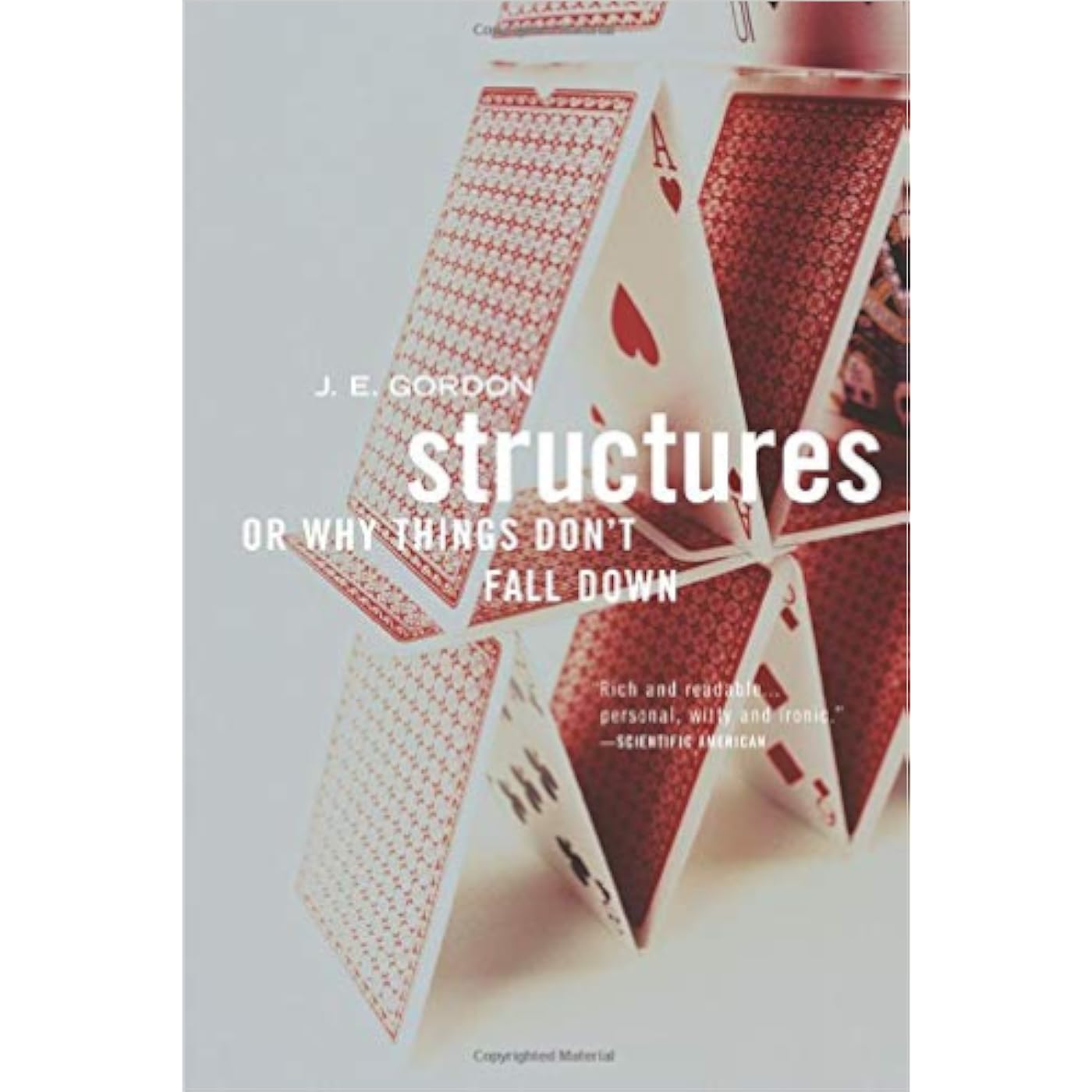

Ready to go? Add this product to your cart and select a plan during checkout. Payment plans are offered through our trusted finance partners Klarna, PayTomorrow, Affirm, Apple Pay, and PayPal. No-credit-needed leasing options through Acima may also be available at checkout.
Learn more about financing & leasing here.
This item is eligible for return within 30 days of receipt
To qualify for a full refund, items must be returned in their original, unused condition. If an item is returned in a used, damaged, or materially different state, you may be granted a partial refund.
To initiate a return, please visit our Returns Center.
View our full returns policy here.
Publisher : Da Capo Press; 1st edition (July 10, 2003)
Language : English
Paperback : 421 pages
ISBN-10 : 0306812835
ISBN-13 : 35
Item Weight : 14.7 ounces
Dimensions : 6 x 1.13 x 9 inches
Best Sellers Rank: #19,649 in Books (See Top 100 in Books) #3 in Structural Engineering #6 in Architectural Materials #64 in Architecture (Books)
#3 in Structural Engineering:
#6 in Architectural Materials: